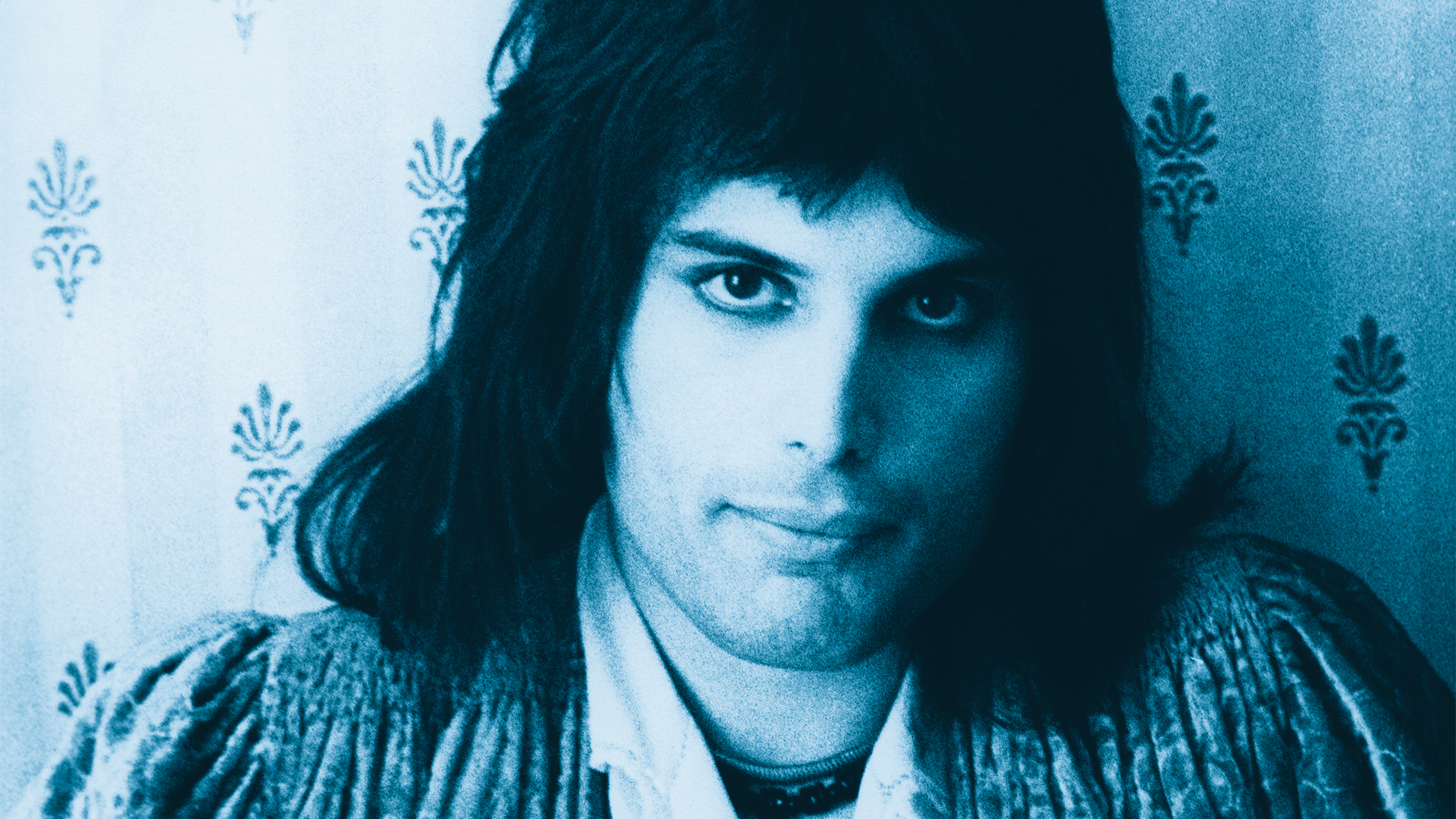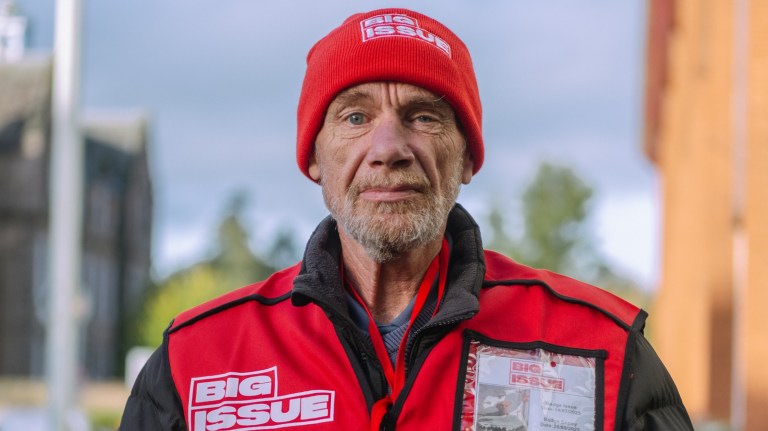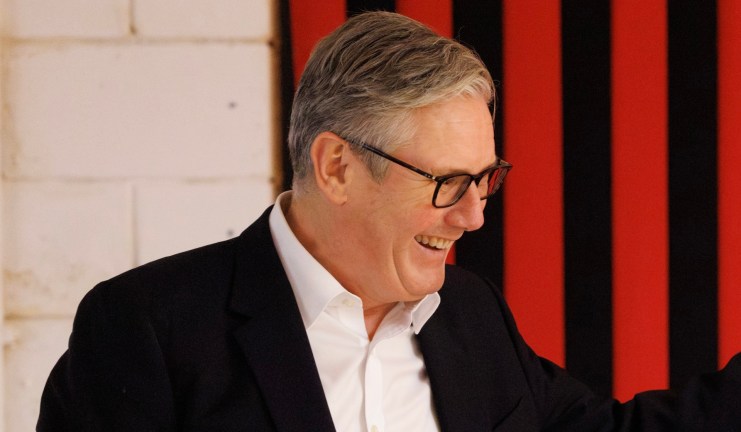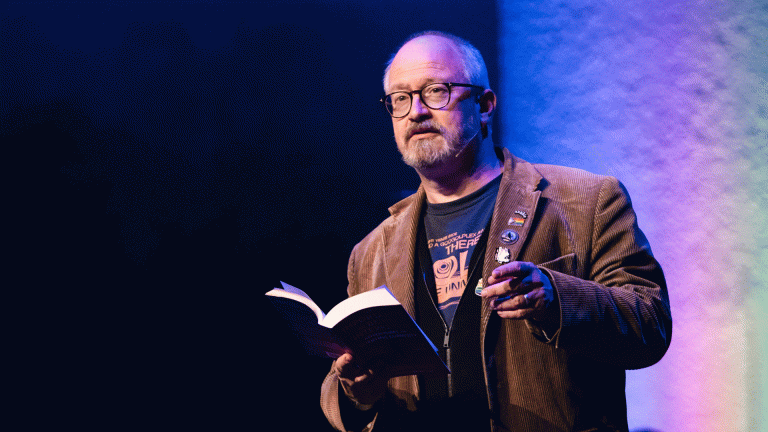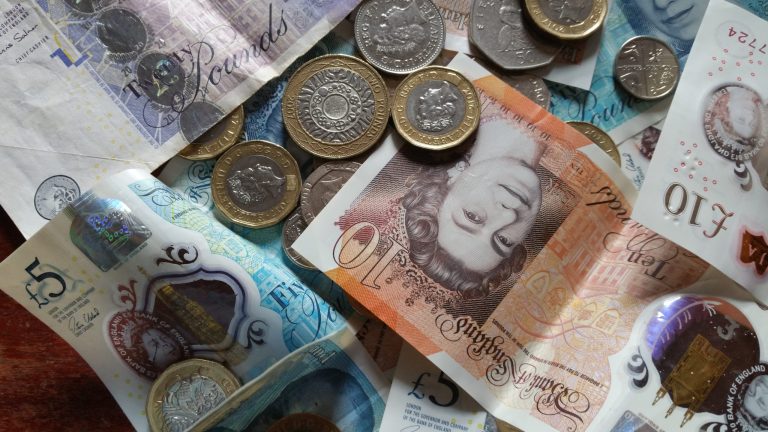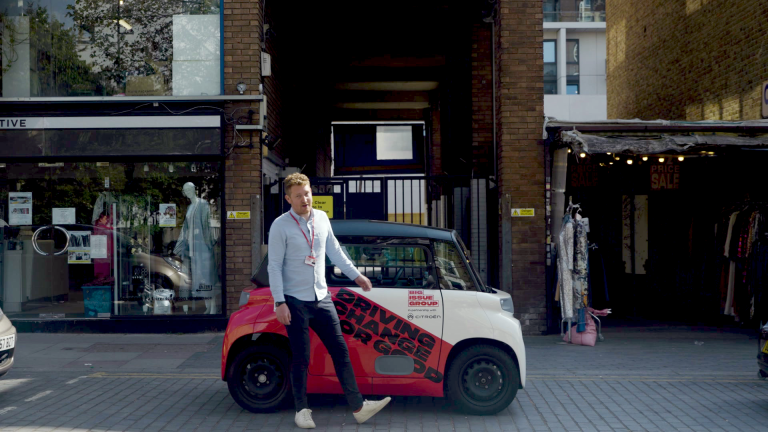In 1991, for those of us responding to the HIV epidemic, the situation was bleak. It had been nine years since the first UK death from an AIDS-related illness, there was still no treatment which worked and the number of those dying was ever growing. Nine years of rising homophobia and fear of HIV. Some people did not want to even be in the same room as a gay man because of the virus.
Freddie Mercury going public about his HIV diagnosis and then, just a day later, the news of his death, came as an utter shock to people. While there had been tabloid speculation about his health and sexuality, to many Queen fans he had just been Freddie the fabulous rock star frontman. He was by far the most famous British person to die because of HIV. The grief was immediate and immense.
Within days, “Bohemian Rhapsody” was re-released, and it went straight to the top of the charts. It was the Christmas number one single that year, a song that had once defined the excess and brilliance of 70s rock now becoming an anthem of remembrance.

At Terrence Higgins Trust, we found ourselves inundated. Donations poured in from Queen fans who wanted to do something – anything – to honour Freddie’s memory.
For years, we had been fighting an uphill battle against fear, prejudice and political indifference. Freddie’s tragic death helped change that. It made HIV real to people who had never imagined it could touch their lives.
The following spring, Queen donated the royalties from the single to our charity. At that time, it was the largest single donation we had ever received – a million pounds. Until then, we had survived hand-to-mouth, raising what we could and spending it all on urgent services for people living with HIV. That donation gave us something we’d never had before: security. It allowed us to plan, to grow, to create new services.
